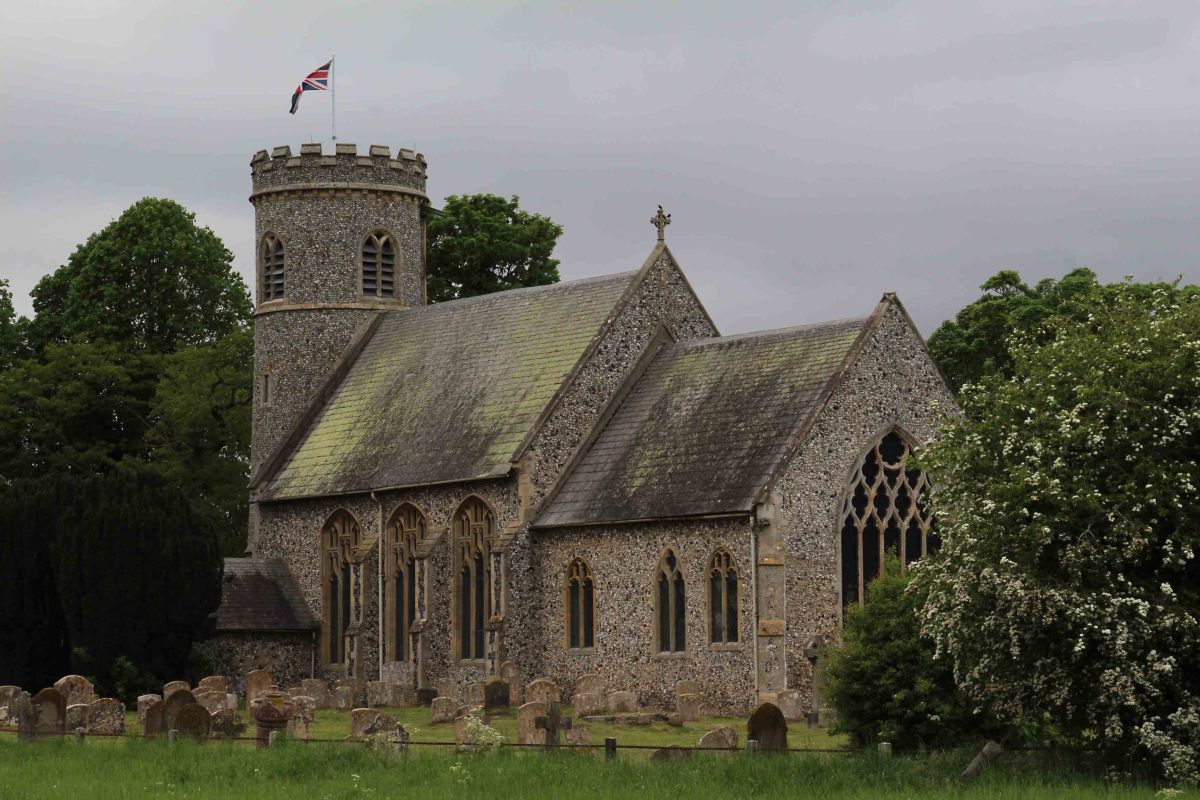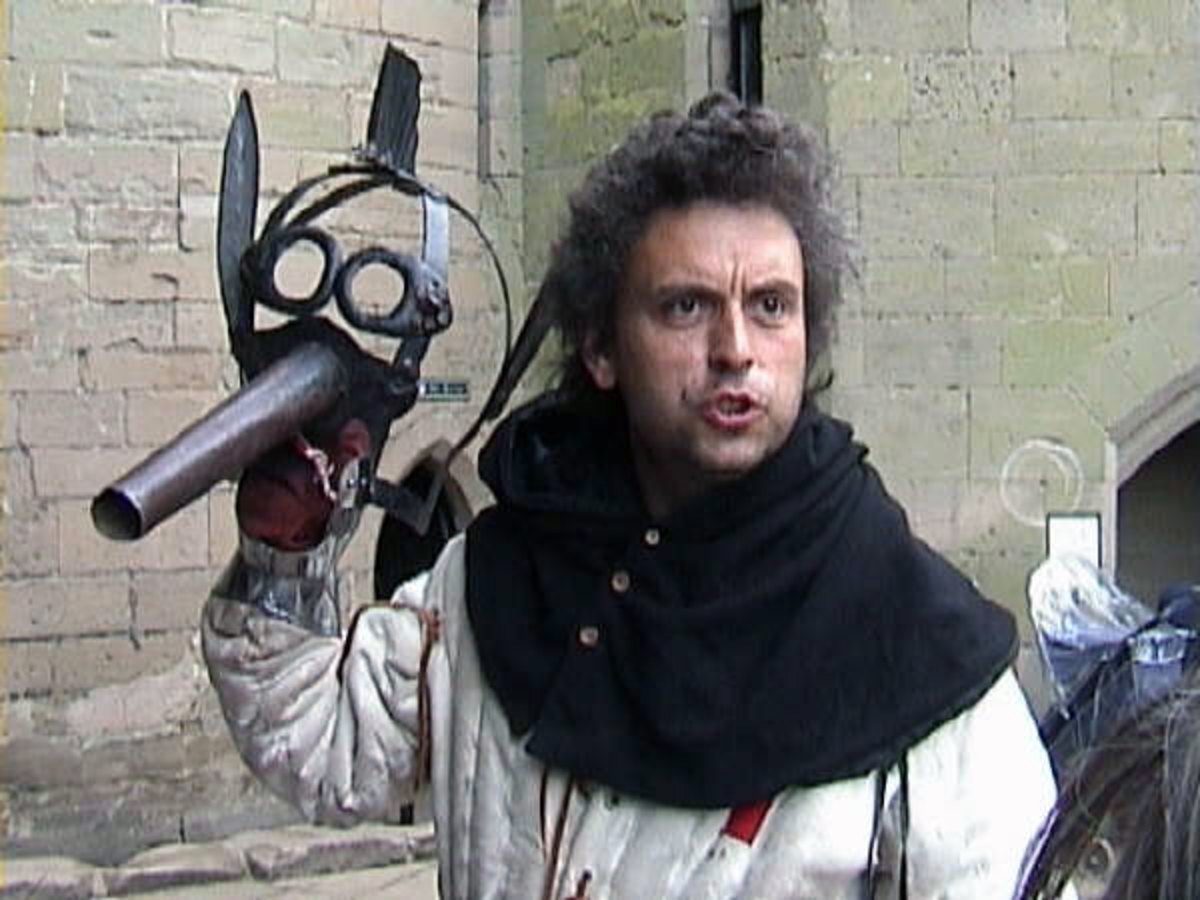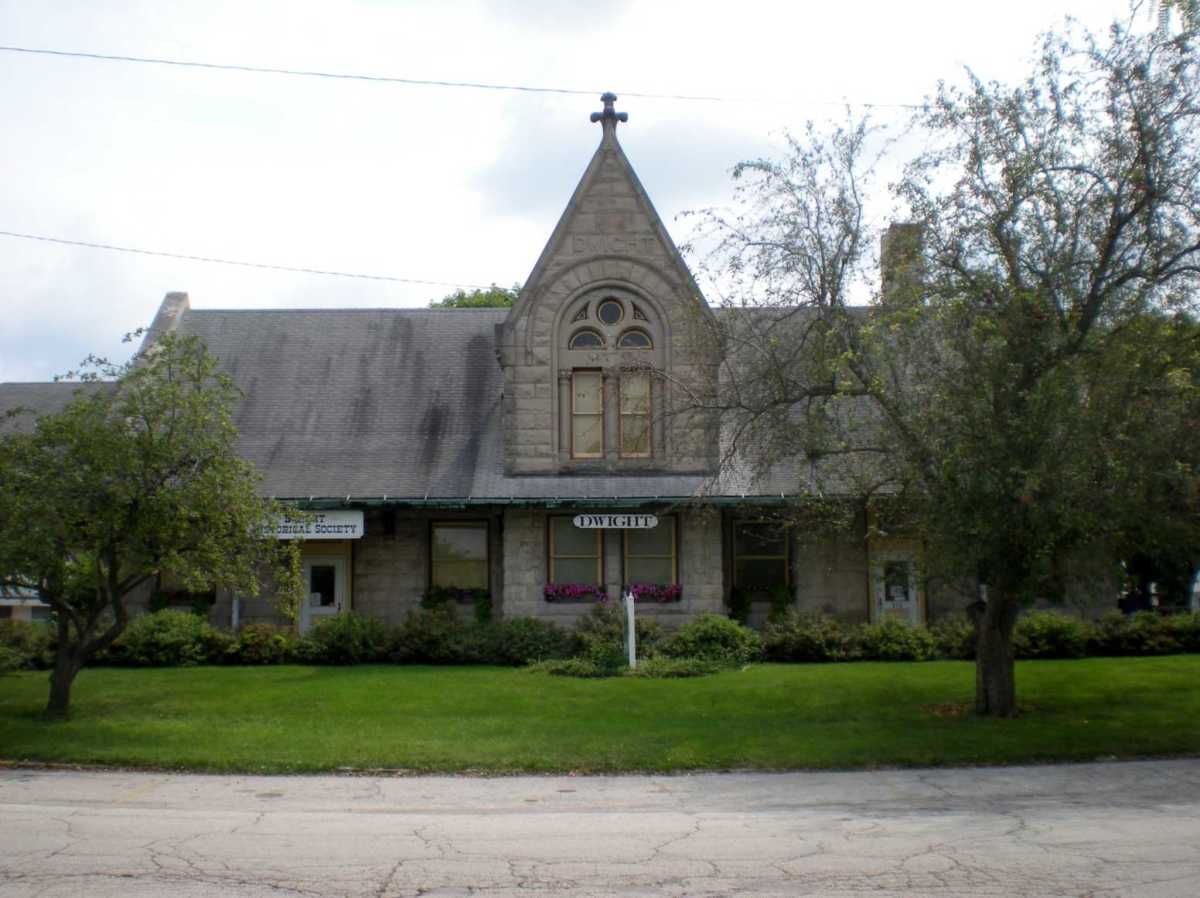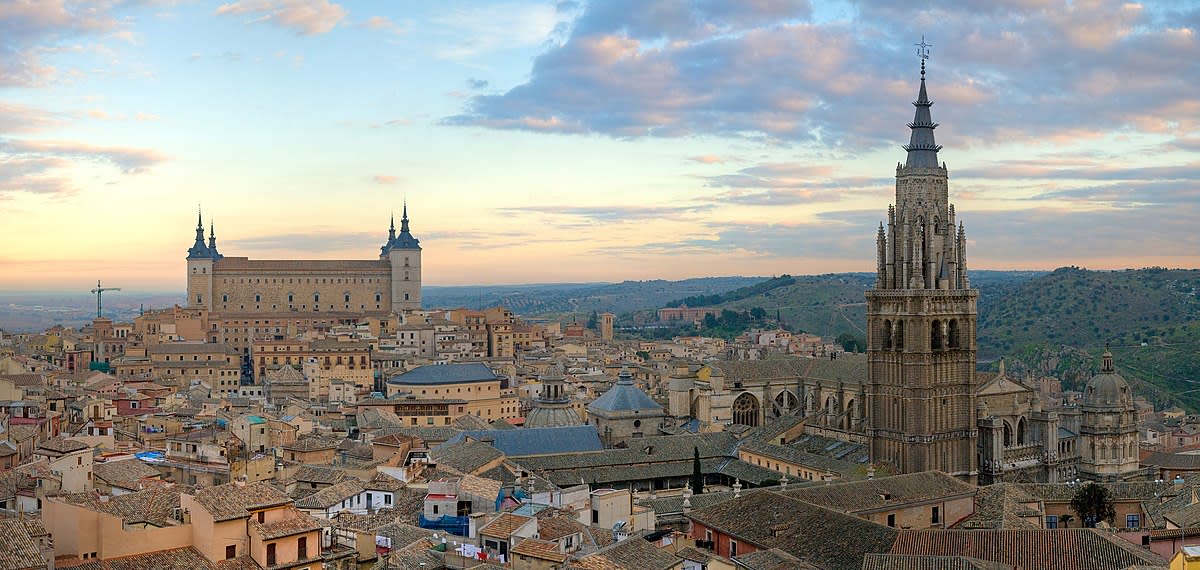England - Historic Lavenham
Lavenham is a village in Suffolk with a unique collection of half-timbered buildings from the 1500s and early 1600s, when it was an important centre for the Wool Trade. Such was the wealth generated by this trade that scores of beautiful houses were built, and the local church was one of the most impressive village churches in England, with a tower 43m in height.
Lavenham Guildhall is managed by the National Trust, and is from the 1500s. It's one of the most striking buildings with its almost ethereal light blue/white plaster - see the pictures in this hub. The limewash finish looks the way it would have done originally. There is a tearoom, small courtyard garden, and shop, and a number of local museum exhibits on the farming and Wool Trade history of Lavenham. Parking is fairly close, and free of charge.
Lavenham, market place
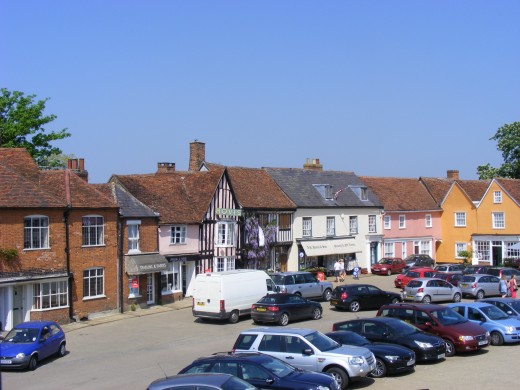
Lavenham
This is a Suffolk village that is very popular with tourists, as it gives a good impression of an English village from the 1500s and 1600s - many of the original half-timbered buildings are still intact, and are extremely well maintained. Lavenham was one of the wealthiest villages of the 1500s, due to the success of the Wool Trade, the manufacture of fine cloth. In fact, despite its modest size, it was one of the 20 wealthiest places in England.
Evidence for this wealth is seen in the 43m high tower of the village church, and in the wonderful buildings clustered around the central hub of the market place.
When the wool trade went into decline in the 1600s, there was a sudden decline in the fortunes of the village - which meant that new building was curtailed, and the building stock was not significantly changed over the following centuries. The fact that the village became less prosperous was an essential factor in its preservation.
Lavenham is a very colourful village, with no overall colour scheme, but a great variety of plaster finishes in pinks, oranges and whites.
Lavenham church (1530)
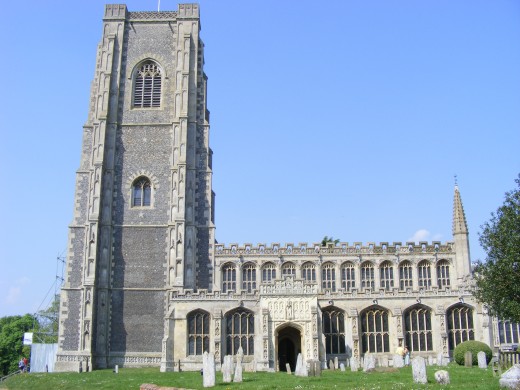
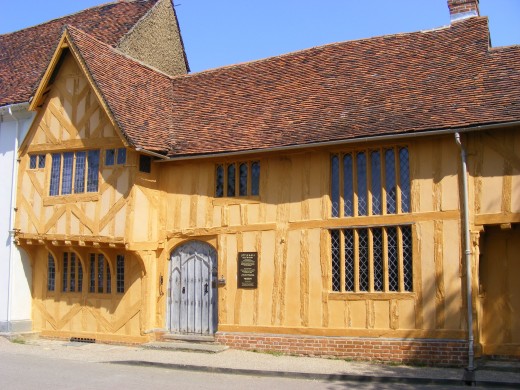
Lavenham houses

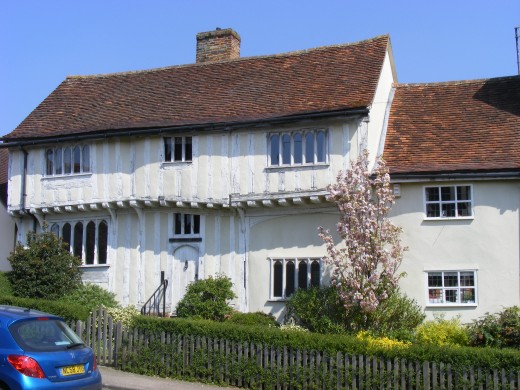
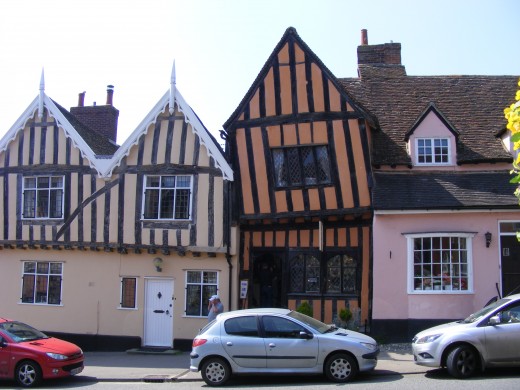
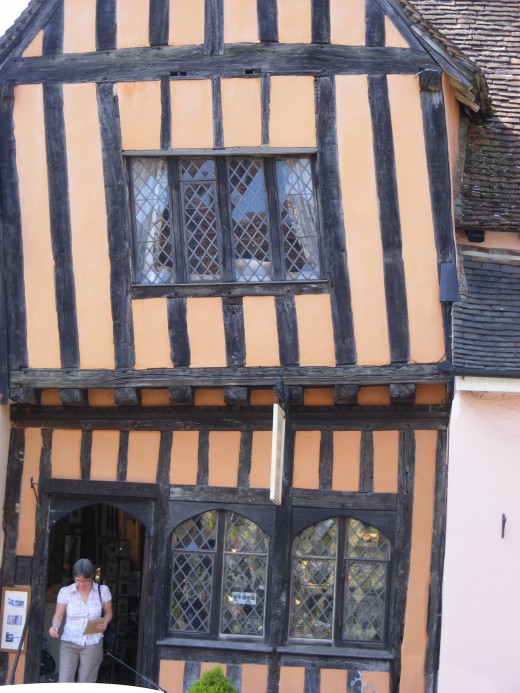
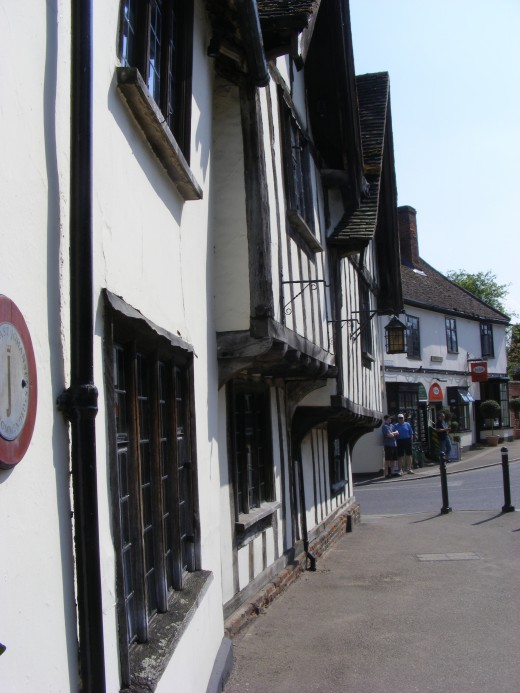
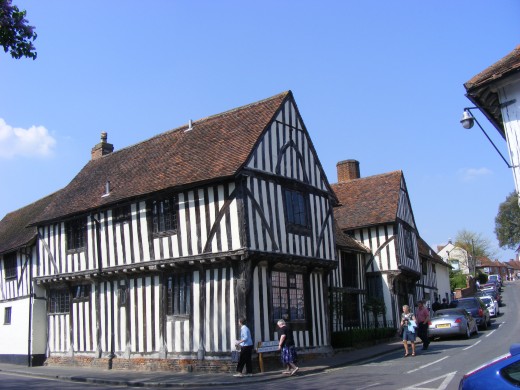
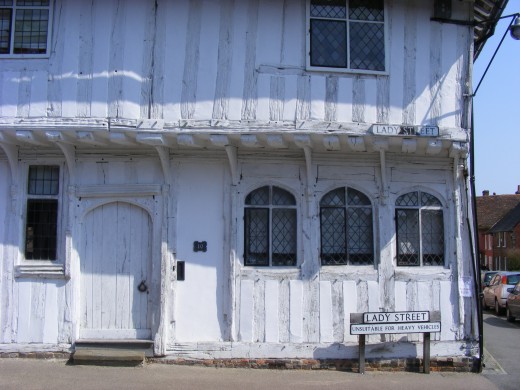
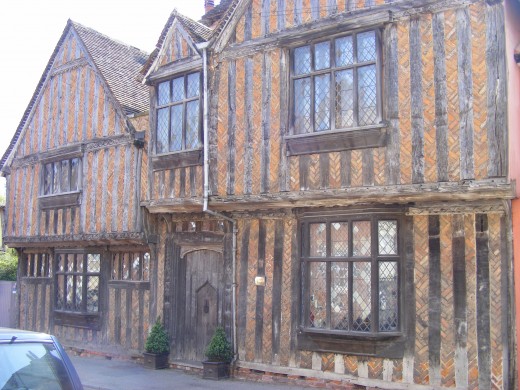
The Guildhall, Lavenham
The most impressive single building is probably The Guildhall, which is maintained by the National Trust. Inside the Guildhall is a kind of local museum, with exhibits showing the history of cloth trade and local agriculture - these are not all that interesting, to be frank. Outside is a small courtyard garden, and there is also a tearoom and shop. During the summer season, the property is open 11 - 5pm, until the end of October. One of the things that I found interesting was an inscribed wheel design on the fireplace of one of the rooms - this was to deter evil spirits from entering the house via the chimney. Obviously, you can bolt the doors and windows against the forces of evil, but the fireplace is a problem area which needs some extra security!
As you drive into Lavenham you'll see the Swan hotel on your right. The Market Place and Guildhall is just up a little lane 50 yards further on.
Lavenham, Guildhall of Corpus Christi

Street view - Guildhall
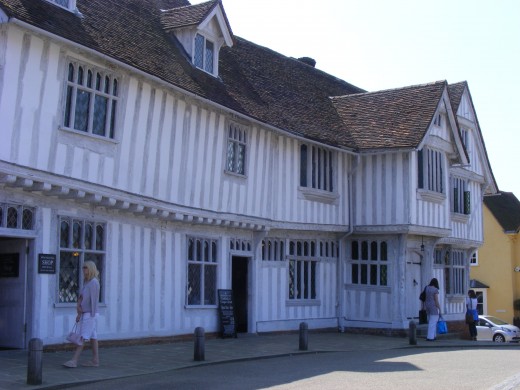
Timber construction
Buildings in the 1500s were made from green wood, usually oak, which was much easier to cut to size before it had dried out. When the weight of the roof was on, this contorted the timbers to the crazy shapes we see today - the shop with orange plastering is a good example of this.
It's partially this lack of straight lines, and the parallels to ship construction techniques, that make these buildings so attractive.
Suffolk places
Lavenham is near Dedham, the childhood home of the great English painter John Constable. Dedham Vale and village is worth a visit, and you can hire a rowing boat to take out on the river, and then eat at The Riverside restaurant. You can walk along the River Stour towards Flatford Mill, literally following the route that Constable took to and from the village school in Dedham. This is a public footpath, and a walk through beautiful countryside. National Trust properties at Flatford Mill are great to visit too. There is more detail in my other hub on Suffolk places.
In a day out in Suffolk you could see Lavenham, Dedham, Orford and the Sutton Hoo Viking ship burial site.
Getting there
The nearest London airport to this area is Stansted. From there it's a short drive to Suffolk. Parking is easy and free, which makes a change!

